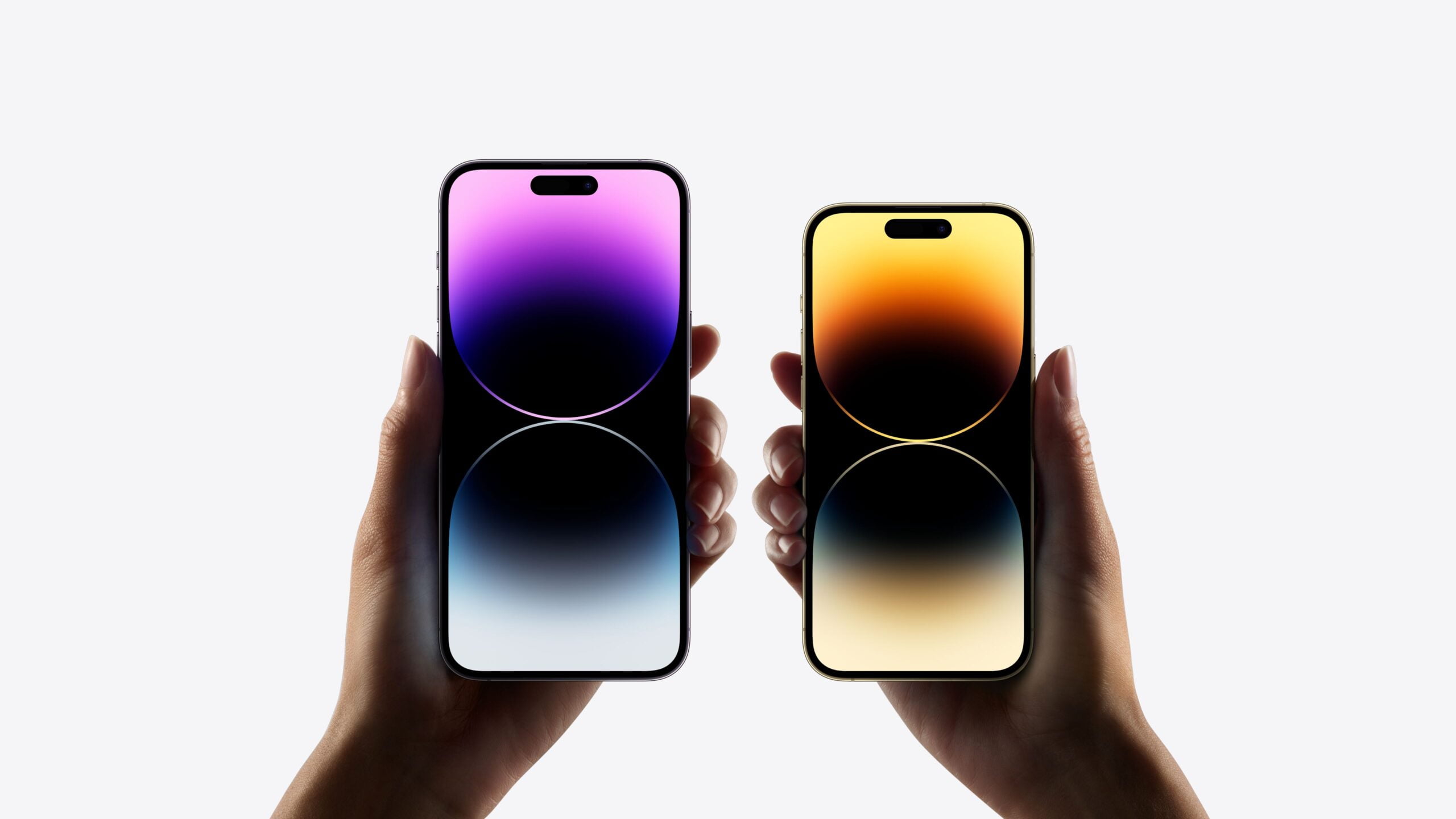According to a new analyst tweet, the solid state volume and power buttons on the upcoming iPhone 15 Pro variants may replace the device’s physical counterparts. The structure would resemble the virtual home button on the iPhone 7 that employed vibrations and a Taptic Engine to simulate a button press. It might also resemble Mac trackpads, which don’t move but use a related haptic technology to imitate clicks. Additional Taptic Engines would be needed in addition to the existing one in the current iPhone models for this to function. According to Kuo in a tweet thread, “there will be taptic engines situated on the inside left and right sides to offer force feedback and give users the impression that they are tapping real buttons.” The number of Taptic Engines employed in each iPhone will grow from the current one to three as a result of this design change.

According to a 2018 rumour, Apple allegedly planned to make a similar update to the Watch to boost water resistance, but it never materialised. Although it appears like two additional Taptic Engines would increase rather than decrease complexity (the Watch Ultra’s heaviness is mostly attributable to the enormous Taptic Engine), it’s unclear how a buttonless design would benefit an iPhone. The migration to USB-C and the buttonless design, which Apple has already confirmed, will be two of the biggest upgrades for the upcoming iPhone Pro models, according to Kuo. Although Kuo frequently predicts these things well, since the iPhone 15 models are still a year away, a lot could change in that period.



